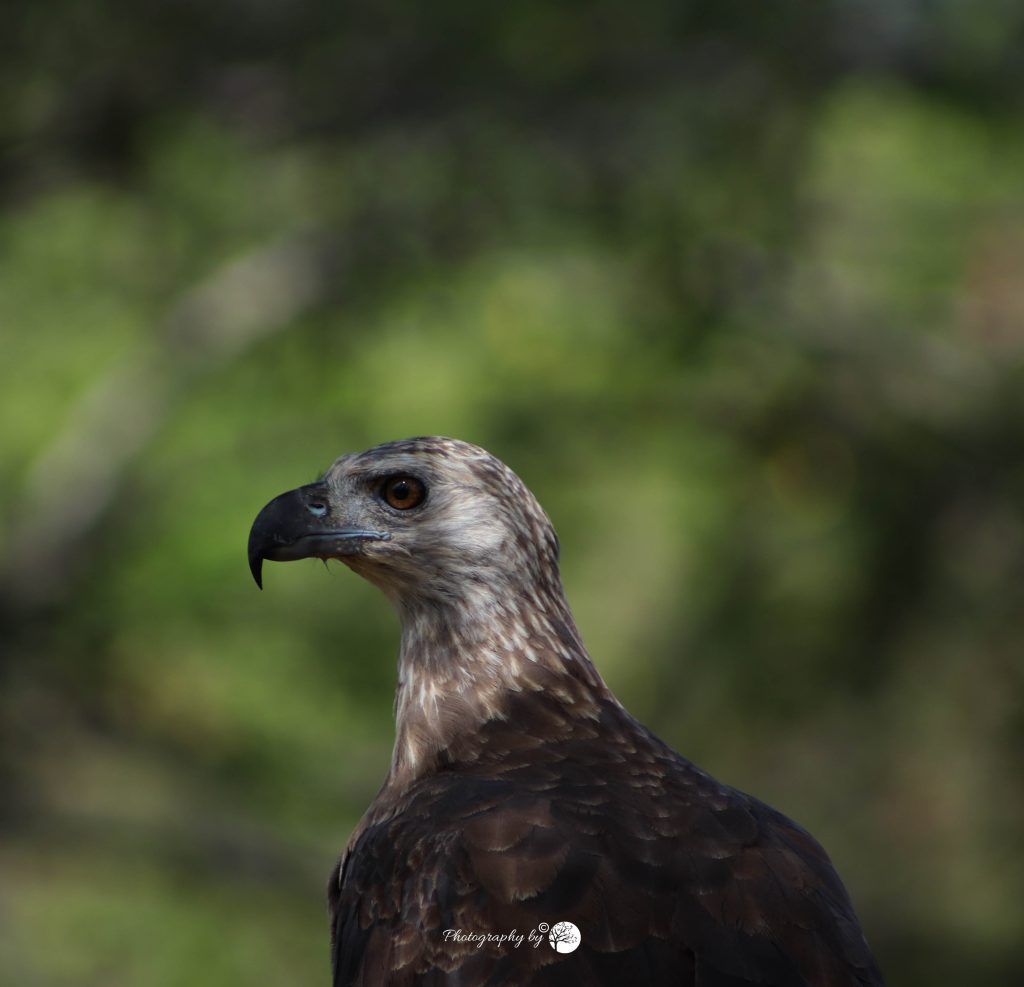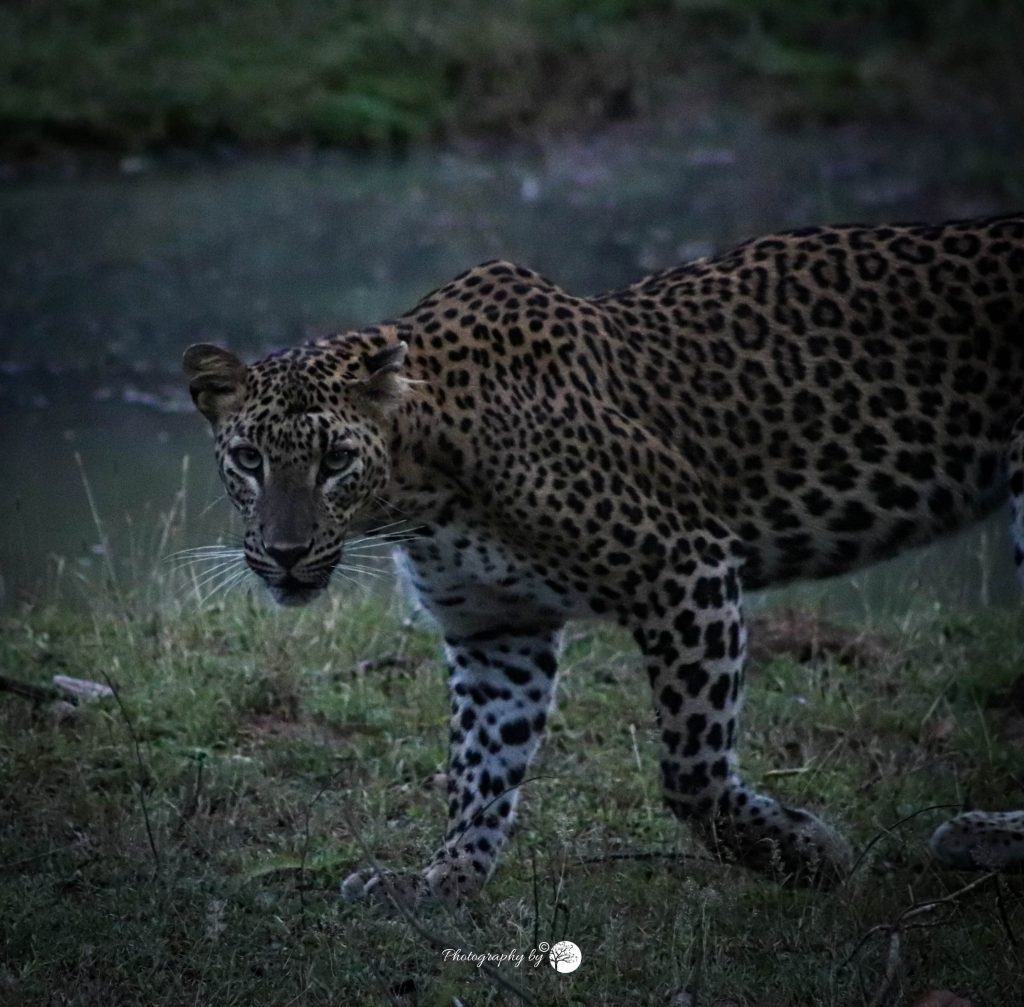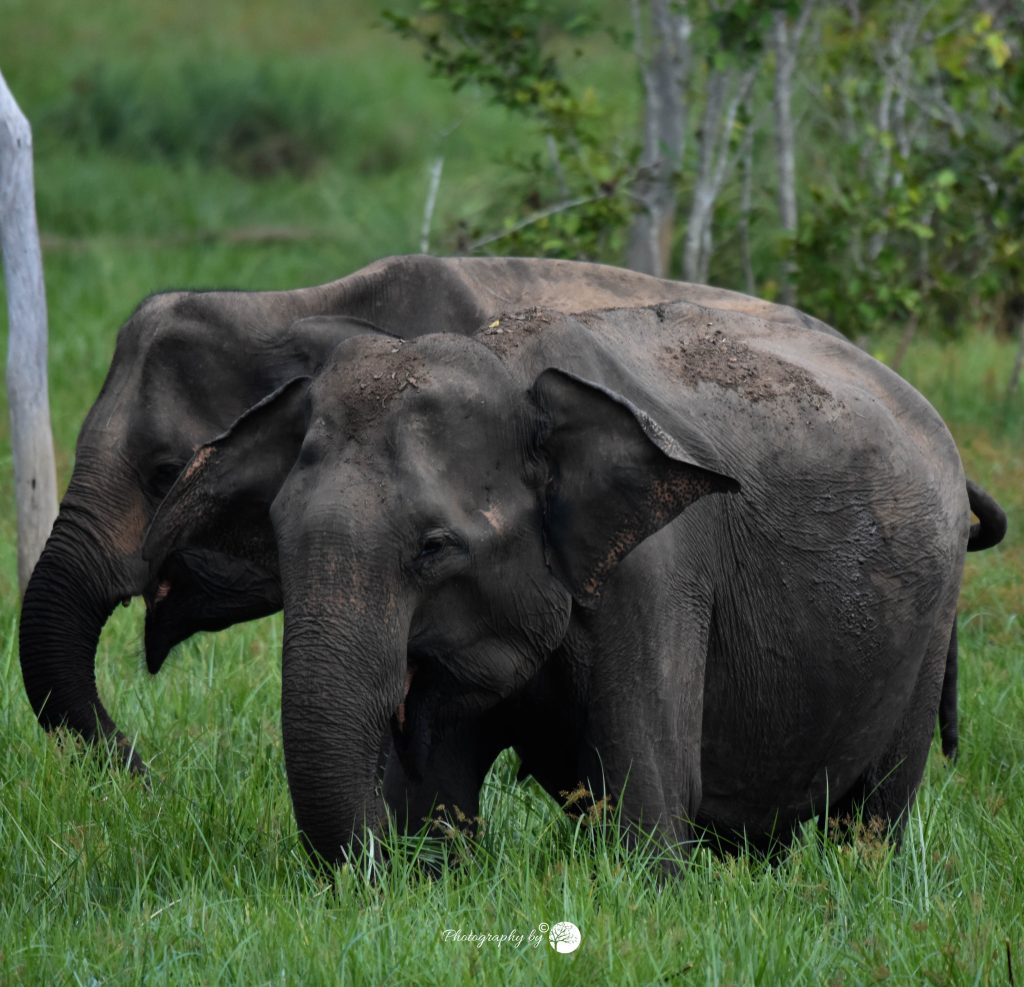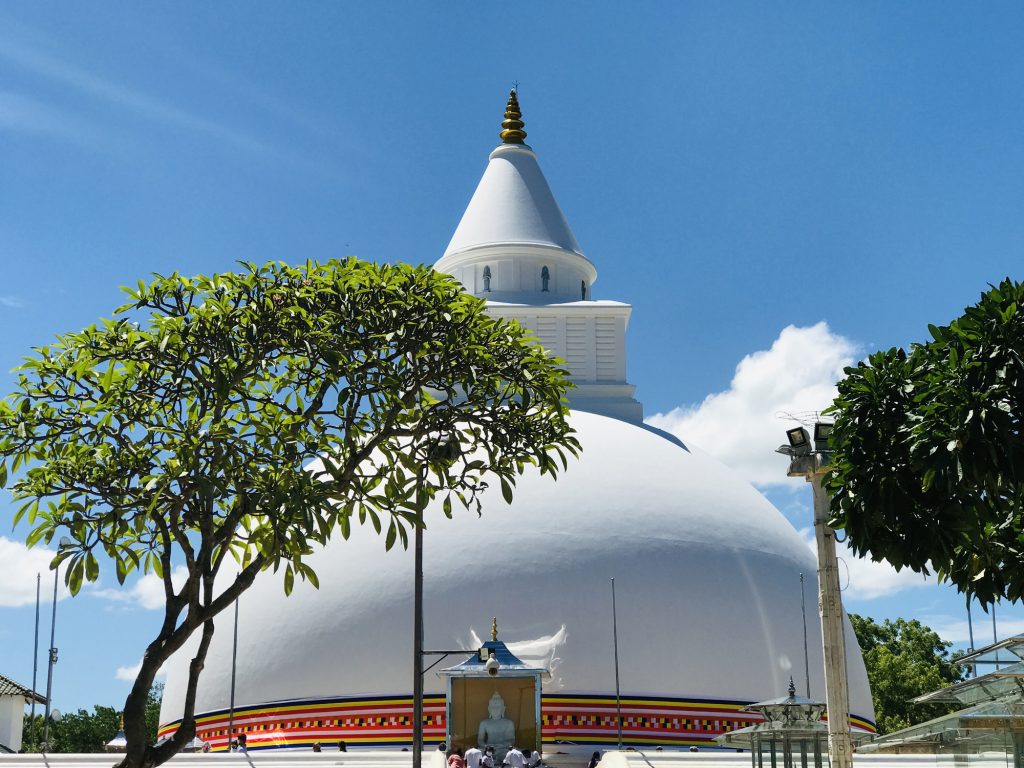Introduction
Sri Lanka, an island nation known globally for its rich biodiversity and diverse ecosystems, is a veritable paradise for nature enthusiasts. Its landscape is a patchwork of lush coastal belts, expansive savannah-like plains, and the cool, forest-clad highlands. Among its natural treasures, the Department of Wildlife Conservation lists 28 National Parks scattered across the island, with Yala, Wilpattu, Horton Plains, and Udawalawe often stealing the limelight. However, nestled quietly among these celebrated reserves is Lunugamwehera National Park, a lesser-known sanctuary that offers a unique glimpse into the island’s natural splendour.
Despite its relative obscurity, with scant mentions from travel influencers or major publications like Lonely Planet, Lunugamwehera is a destination that deserves attention. This blog post aims to shine a light on this hidden gem, exploring why it should feature on your Sri Lankan itinerary.
Getting There: A Journey to the Heart of the Dry Zone
Lunugamwehera National Park sits in the Tanamalwila division of the Uva Province, characterized by its dry and hot climate typical of the dry zone. This climate shapes the landscape into savannah-style flatlands dotted with marshes and sparse forestation, starkly different from the verdant expanses found in the cooler hill country.
The park, established in 1995 to safeguard the catchment area of the Lunugamwehera reservoir, plays a crucial role in the regional ecosystem. It supports the water needs of the Kirindi Oya basin and Bundala National Park, making it a haven for water birds, leopards, elephants, and serving as a crucial elephant corridor between Yala and Udawalawe National Parks.
Lunugamwehera’s location in the Monaragala district, approximately 261 km from Colombo, makes it accessible via Tissamaharama or Kalawana. For visitors travelling from the airport or Colombo, taking the highway to its final exit in Mattala significantly reduces travel time, offering a less stressful journey to the park’s wonders.
Flora and Fauna: A Biodiversity Hotspot
The park’s flora is a mosaic of scrubland and grassland, reflecting its position in the dry zone and its role as a water catchment area. Here, a rich diversity of grass types flourishes alongside a variety of plant species, from the colourful Lantana Camara to the sturdy Palu trees and vibrant Indian Ashe Trees.
The wildlife in Lunugamwehera is as diverse as its plant life, with the park being home to 21 species of fish, 12 amphibians, 33 reptiles, 183 birds, and 43 mammals. Visitors are likely to encounter elephants and leopards, along with a variety of birds such as eagles, owls, and hornbills. The park also offers the rare opportunity to spot water buffalo, sambar deer, grizzled giant squirrels, and the tufted grey langur.




Embarking on a Safari Adventure
Lunugamwehera offers a more authentic safari experience compared to its more frequented counterparts. With smoother dirt roads and fewer visitors, it feels like a private adventure into the wild. Safari tours are available year-round, allowing flexibility in travel planning. However, visitors are advised to avoid the wet season unless they are keen to experience the park’s biodiversity in all its facets.
It’s crucial to book safaris through licensed operators, approved by the Department of Wildlife Conservation, to ensure both safety and respect for the wildlife. Tours typically take place in the early morning and late afternoon, times when the animals are most active, providing the best opportunities for wildlife viewing.
Beyond the Safari: Exploring the Surrounds
Lunugamwehera’s allure isn’t limited to its wildlife. The park is home to the ruins of the Weheregala Seya Buddhist Temple and is a gateway to experiencing rural village life. Its proximity to Yala National Park, and the Bundala National Park offers further exploration opportunities. For those interested in Sri Lanka’s cultural and religious heritage, the nearby pilgrimage town of Kataragama is a must-visit. It is a pilgrimage town sacred to Hindu, Buddhist and indigenous Vedda people of Sri Lanka. The town has the Kataragama temple, a shrine dedicated to Skanda Kumara also known as Kataragama deviyo. Kataragama is located in the Monaragala District of Uva province, Sri Lanka. It is around a 45-minute drive from Lunugamwehera National Park.


Accommodation
Travellers can opt for a few types of accommodation, the first being a safari hotel, these come in 2 flavours, a boutique hotel on the outskirts of the park, but close enough to the wildlife to be its own stay experience. The second being glamping, this is basically a serviced camping experience with a designated zone within the park. Ideal for those who wish to experience the park’s nature up close and revel within it.
The third option is a bungalow, there are several private properties and ones owned by the Wildlife Conservation Department that can be booked directly or via your tour operator. We recommend doing some thorough research on each type, as alternatives in the area are sparse and limited.
A more popular option is to travel in from a coastal town such as Kirinda, Tangalle or Hambantota. This will mean that you will need to allocate a whole day to a safari tour, especially if you want to tour in both the morning and evening slot.
Kataragama town is also a viable stay option given its close proximity to both Lunugamwehera National Park and Yala National Park.
Lunugamwehera National Park, with its pristine wildlife and untouched landscapes, is a testament to Sri Lanka’s natural beauty. It offers a quieter, more intimate experience compared to the island’s more famous parks. This hidden gem is a haven for photographers and nature lovers alike, promising encounters with diverse flora and fauna in a serene setting. The park may not have the fame of Sri Lanka’s other natural reserves, but it stands out for the very reason. Its untouched beauty and diverse ecosystem make it a must-visit for those looking to explore the road less travelled in Sri Lanka. Whether you’re a seasoned wildlife enthusiast or simply looking to immerse yourself in nature, Lunugamwehera promises an experience that’s both enriching and unforgettable.
